Michael Burch
An Open Source Interactive Visual Analytics Tool for Comparative Programming Comprehension
Jul 29, 2022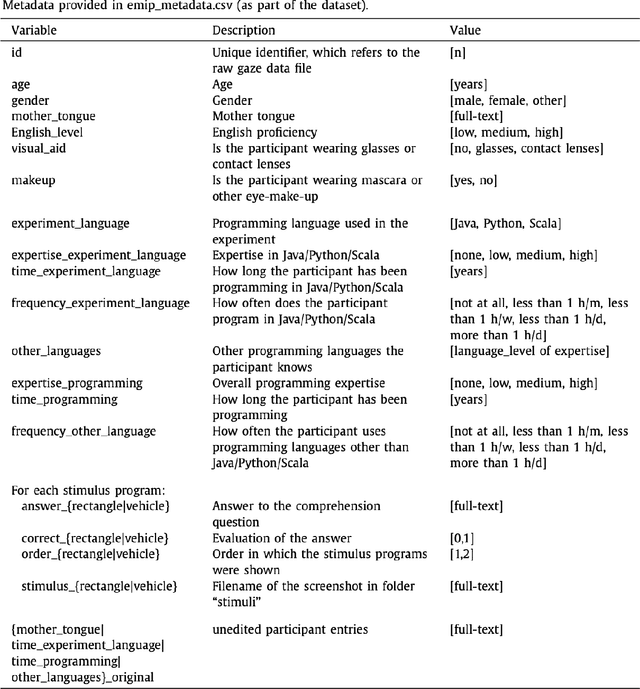
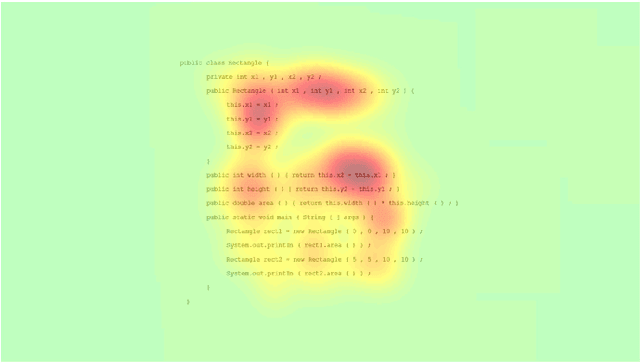
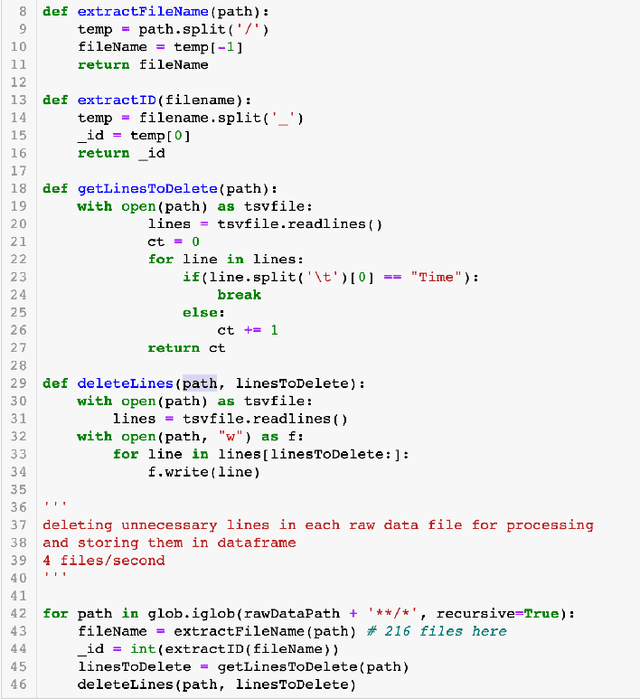
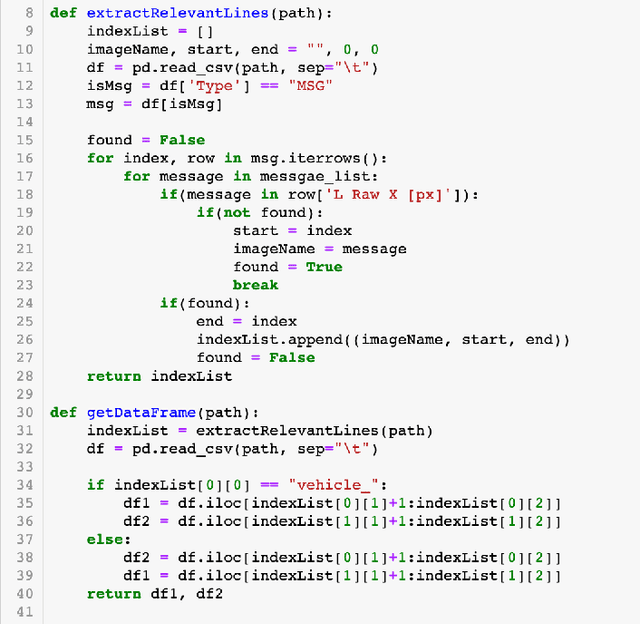
Abstract:This paper proposes an open source visual analytics tool consisting of several views and perspectives on eye movement data collected during code reading tasks when writing computer programs. Hence the focus of this work is on code and program comprehension. The source code is shown as a visual stimulus. It can be inspected in combination with overlaid scanpaths in which the saccades can be visually encoded in several forms, including straight, curved, and orthogonal lines, modifiable by interaction techniques. The tool supports interaction techniques like filter functions, aggregations, data sampling, and many more. We illustrate the usefulness of our tool by applying it to the eye movements of 216 programmers of multiple expertise levels that were collected during two code comprehension tasks. Our tool helped to analyze the difference between the strategic program comprehension of programmers based on their demographic background, time taken to complete the task, choice of programming task, and expertise.
Task Classification Model for Visual Fixation, Exploration, and Search
Jul 29, 2019
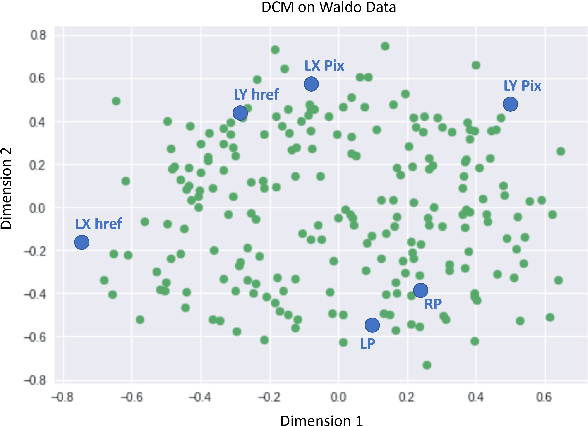
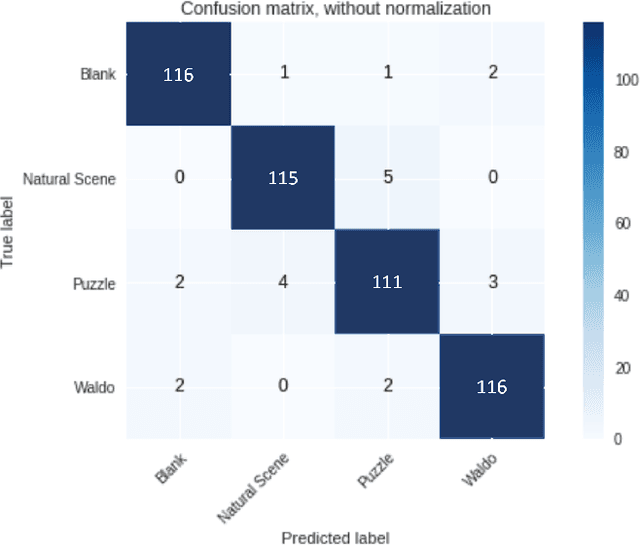
Abstract:Yarbus' claim to decode the observer's task from eye movements has received mixed reactions. In this paper, we have supported the hypothesis that it is possible to decode the task. We conducted an exploratory analysis on the dataset by projecting features and data points into a scatter plot to visualize the nuance properties for each task. Following this analysis, we eliminated highly correlated features before training an SVM and Ada Boosting classifier to predict the tasks from this filtered eye movements data. We achieve an accuracy of 95.4% on this task classification problem and hence, support the hypothesis that task classification is possible from a user's eye movement data.
* 4 pages
 Add to Chrome
Add to Chrome Add to Firefox
Add to Firefox Add to Edge
Add to Edge